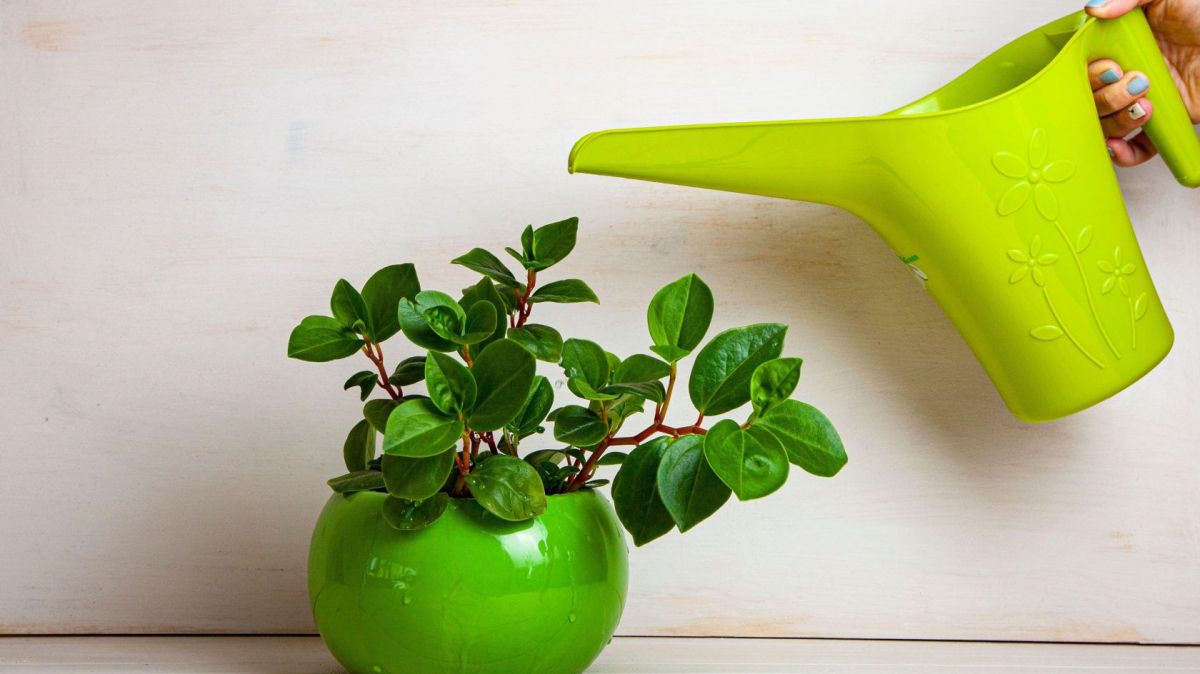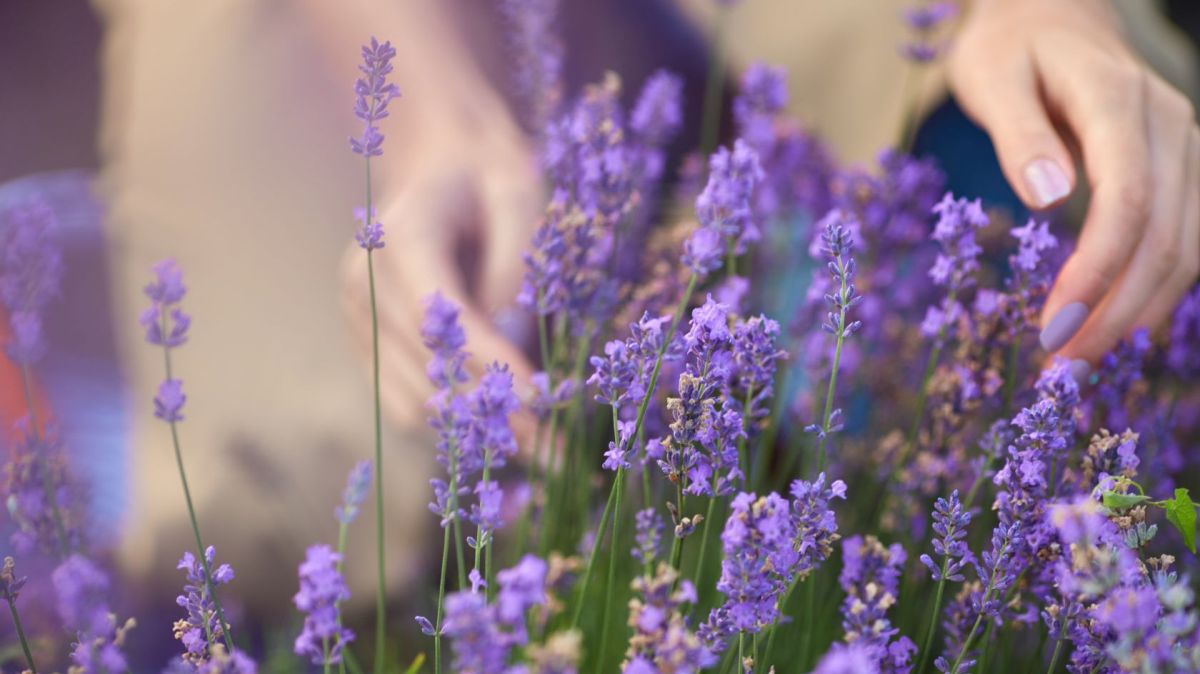For many urban dwellers, a balcony or small garden may be their only personal outdoor space and a place of solace and reflection during the summer months.
But how do you make your balcony a calming, welcoming environment to ease the stress of the day?
Mindfulness and wellbeing are taking centre stage in the Balcony and Container Gardens category at this year’s RHS Chelsea Flower Show.
With this in mind, award-winning garden designer Hamzah-Adam Desai is taking inspiration from colour therapy in his MS Amlin Peace of Mind Garden.
“My garden celebrates the leaves and unsung plant heroes that people wouldn’t necessarily consider,” he explains. “It’s about refocusing the way you view plants, so we are not talking about flowers which are over the top, we are looking at the shapes of the leaves. It is said that just 40 seconds of mindfully observing is quite effortless and allows your brain to rest and recover.”
So how can we replicate his ideas on our own balconies or small gardens?

Use calming colours
Shades of green, commonly associated with nature and wellbeing, will feature prominently throughout his show garden producing a calm and restorative atmosphere designed to reduce stress, improve cognitive function and enhance creativity.
“There are lots of shades of green and lots of textures within that green. Most people assume that green plants are boring but I don’t think they are. If you choose your plants cleverly you can still have some colour.”
If you want to introduce colour, go for shades of purple, mauves, blues, silver and some evergreen white flowers, Desai suggests.
Don’t forget white
“White is quite a calming colour, but it’s important to have a little variation, so I have another plant in my (show) garden which is Ajuga reptans, ‘Burgundy Glow’, a variegated plant which has hues of burgundy in the green leaf.”
Look at leaf sizes and shapes
“There’s growing evidence that viewing patterns on leaves is very good for reducing stress and enhancing creativity and also for improving cognitive function and connectivity,” he explains.
Tiarella ‘Tiger Stripe’ is a good choice as it has a glaucous leaf with a purple stripe – so it’s green, which is restful, but also a hint of purple which can be relaxing and quite stimulating, Desai says.
“Euphorbia ‘Martini’ has an amazing leaf quality in spring and I have included some grasses, but not necessarily for colour. The garden is about grounding yourself and observing plants, but there’s also a stipa in there and when the wind blows that can be quite relaxing,” he observes.
“Consider the leaves of the plants (you choose) and ensure that they’re evergreen, so focus less on flowers and try to mix them linearly with glossy leaves. I have a Luzula nivea in a pot, which looks like a grass but is actually a herbaceous perennial, and pair it with a glossy-leaved fern.
“Pairing the leaves you have two interesting contrasts going on. If you want to make the mix more interesting, put a combination of Brunnera macrophylla or a lamium. If you want a pop of colour find a heuchera such as Heuchera ‘Green Spice’.
“Try to avoid having all the leaves which are the same.”

Avoid blousy flowers
If you want a calming space, avoid big, blousy flowers, Desai suggests. “All the flowers that I’m using are very delicate and the idea is that you stop and look. I have epimedium, which are a white, pinky colour and are evergreen, and the luzula will produce white flowers.”
Think about repeat planting
Depending on the size of your balcony or small outdoor space and the shape of your pots, repeat planting creates a fluidity to the area, says Desai.
“If the planter is square, plant as though you are planting in a border, so repetition, either of colour or plant, will provide you with unity in your planting. Don’t go with one of everything and if your container is large enough, pick three or four plants but repeat them like you would in a border.
“If you are going for a calming, restful green scheme, think about the shapes you are creating. If you already have a fern in there, maybe try to repeat that fern somewhere.
“If you get the repetition of the same plant, it’s not over-stimulating. It’s simple. I have about nine plants (in the show garden) which are repeated. When you are trying to focus, it’s easy on the eye.”















